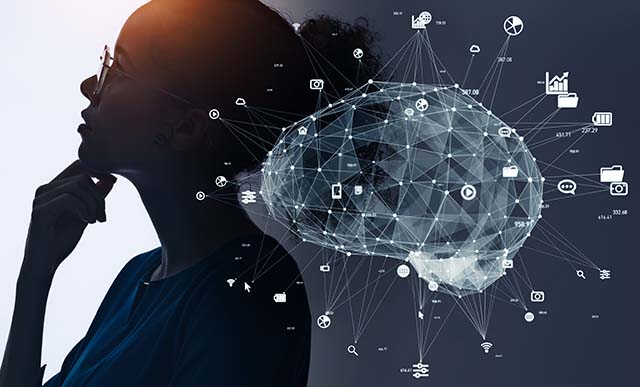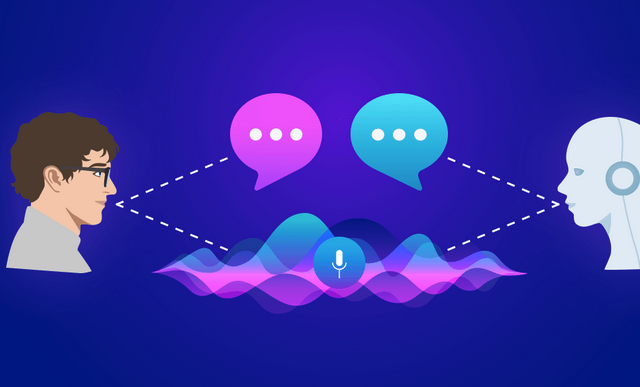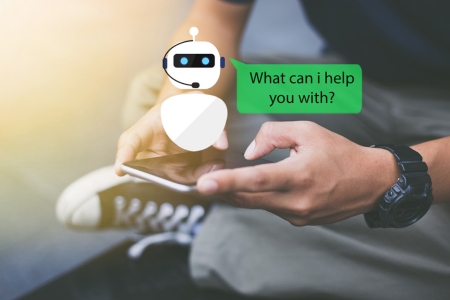How Artificial Intelligence Can Help Fight World Hunger
The world is heading toward a huge hunger crisis. According to the United Nations, we will need to increase the world’s food production by 70% to feed the world’s population by 2050. Artificial intelligence (AI) systems have been deployed to expedite discovery of possible solutions since time is of the essence. The goal is to be smarter and more efficient with our food production. AI is already impacting our everyday lives — when Facebook recognizes faces of friends to tag them, when Netflix suggests what you should watch next and Alexa sets a timer per your request — but now AI is beginning to be used to solve the world’s biggest problems, including the fight to end hunger in the world.
The World Hunger Issue
The world population continues to grow, and the Department of Economic and Social Affairs at the United Nations estimates there will be 9.7 billion on Earth by 2050. Unfortunately, even today, one in eight people don’t get enough food to eat.
The traditional way to increase food production is to expand farmable land. But nearly half of the planet’s potentially productive farmland is already used for agriculture. Combine that with the realities of fragile ecosystems and the impact of global warming and it’s clear that we need to go beyond the traditional if we hope to solve the world hunger issue.
How AI Might Help Solve World Hunger
Creating the perfect crop: AI technology such as FarmView can help researchers figure out the right genetic makeup to create seeds that generate the highest yield, the most nutrition, and the most disease-resistant strains of staple crops. There are 40,000 varieties of sorghum, a valuable cereal crop in developing countries such as Ethiopia and India. AI can be used to experiment with these varieties to develop the perfect crop. All the growth, genetic, and environmental data collected during research will be given to an AI model to process. AI algorithms are better able to review all the variables and varieties to identify patterns and insights faster than humans. Deep-learning AI will be able to comprehend the complex genetics of plants that will support better breeding of plants.Those more efficient plants will improve our food production.
Maximize the Current Output
Today, an alarming amount of the world’s food — as much as half — ends up in the trash. The AI-powered TOMRA Sorting Solutions machine analyzes and can separate food more specifically than into “good” and “bad.” Similar to a human, it can evaluate food such as a tomato to determine the best way to use it. One fruit might not make it to the salad plate, but it would be perfect to use in the production of ketchup.
Precise Application of Herbicide
Instead of the “spray-and-pray” approach to herbicide application, the LettuceBot from Blue River is working to distinguish between a weed and a sprout of lettuce based on learning from more than a million images of 5,000 young plants. When it identifies a weed, it sprays it directly. This has cut losses by up to 90%.
Early Warning Signs of a Crisis
The Nutrition Early Warning System (NEWS) uses big data and machine learning to identify areas at increased risk for food shortages due to droughts, rising food prices, and crop failure. It has already been deployed to warn farmers in Colombia that a drought was on the horizon and suggest they skip the planting season. The 170 farmers that heeded the advice and skipped the planting season saved their planting costs when the drought did occur.
Plant Disease
AI deep learning is being used to help machines identify the health of crops. Once the machine’s ability improves, farmers around the world will be able to leverage its learnings through an app that can diagnose an issue so that the farmers can take action before the losses are catastrophic.
Internet of Things (IoT) for Agriculture
Sensors and systems that collect and analyze crop-related data is one of the reasons American farms are so productive. The growth of IoT devices should generate 4 million data points each day by 2050, according to one provider, OnFarm. All this data about soil conditions to crop health and climate change will be powerful for deep learning AI and its ultimate application to make agriculture smarter and more efficient.
The use of AI in agriculture and ultimately to solve world hunger is just beginning. Humanitarian organizations and challenges such as the Syngenta AI Challenge, a contest that encourages programmers to use machine learning to improve agriculture, will help accelerate the pace of progress so that when 2050 is here, we have developed solutions to avoid a world hunger crisis.







